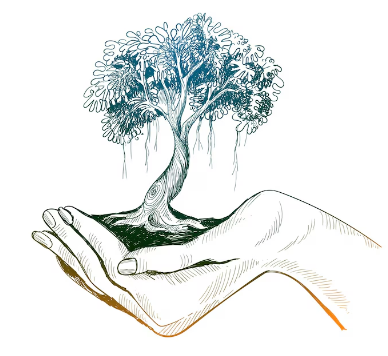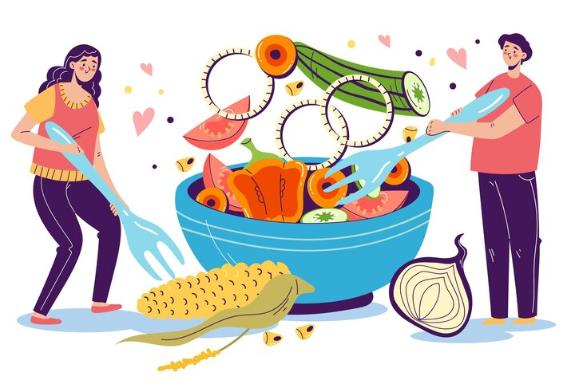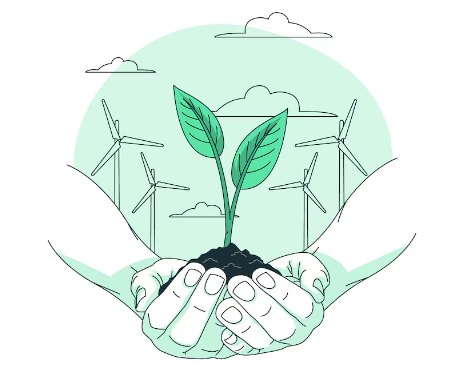Follow Us :
Farming is not a cakewalk. It’s hard to stay ahead of the game when you have concerns about weather and costs that are going up. But what if there was an alternative?
Rootfact‘s AgTech simplifies farming. We provide technology that will help you do the following:

The livestock industry is facing many challenges, such as maintaining animal health and welfare, optimizing production efficiency, and adapting to a complex regulatory environment.
Consumers in today’s globalized food system are becoming increasingly concerned with the source of their food...
Climate change calls for urgent changes in agriculture. Traditional approaches often contribute to greenhouse gas emissions...
The agricultural supply chain is the route that food products take from being grown on a farm to being consumed by final...
In the current competitive farming market, the crop health is the key to maximizing yields and profits. Detecting pests, diseases and l...
The agricultural landscape is going through a digital revolution. Today, farmers...
Digitalization is now paramount for modern agriculture. Agricultural decisions based on intuition and guesses are a thing of the past...
Securing Your Farm: Enhanced Biosecurity Measures by RootFacts Solutions...
The scarcity of water is increasingly becoming an issue of concern in agriculture globally. Most traditional irrigation method...
RootFacts, a leader in agricultural technology (AgTech), provides an array of innovative options that empower farmers, boost agriculture...
In today’s competitive agricultural landscape, effective marketing and sales strategies are no longer optional - they’re essentials for driving growth...
Reimagine Agriculture: Step Up Output and Look Out for Greater Efficiency with RootFacts Precis...
The agricultural landscape is facing a major shift as traditional farming approache are gradually bein...
Greenhouses provide an opportunity for year-round farming and increased crop production due to their controlled environment.
Optimize resources for a more sustainable and profitable farm.
Improve every aspect of your business through valuable data insights.
Empower Them to Be Decisive Players in Their Fields Of Expertise Rather than Have Them Drown In The Ocean Of Tasks And Errands They Are Not Good At – Let Them Do Best What They Do Best – Grow This Amazing Food


